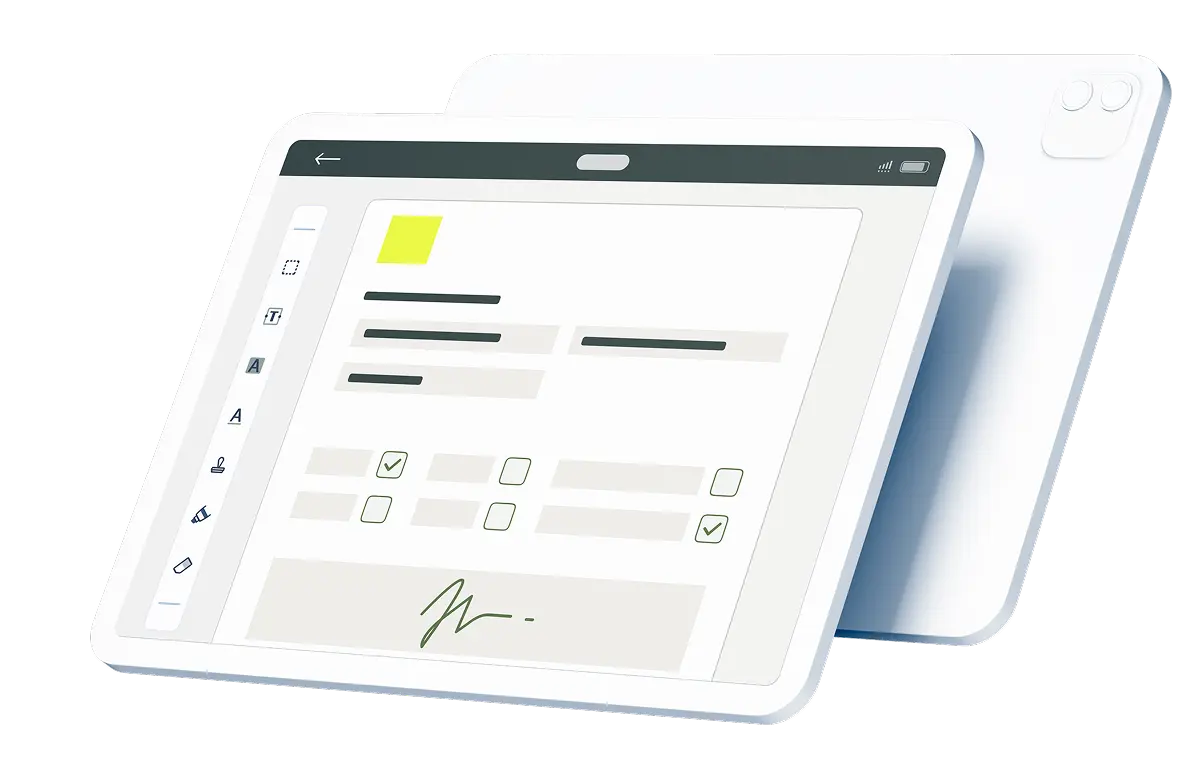As the fastest method of transporting people and goods globally, flying has played a critical role in the progress of society. Where watercraft and land transportation are confined by certain natural boundaries, the sky’s the limit, literally, with aircraft.
The consequences of flying a plane with an incomplete history can be catastrophic. While there are several important components on a plane, pound for pound, an aircraft flight logbook may be one of the most important things found onboard.
Contents:
Why Is a Journey Log Important?
A journey log is primarily used to document information about the flights. In many countries and jurisdictions, it’s required that the aircraft owner maintain this log for at least one year. Some flight logs may include technical information about maintenance and inspections, but almost all will include information about flight dates, crew member names, crew assignments, and other observations about each logged trip.
For an aircraft owner, any documentation on the journey of flight is also critical for a SAFA check. A Safety Check of Foreign Aircraft is analogous to a ramp inspection conducted by the Federal Aviation Administration. In European airports, these checks are required prior to flight. A SAFA inspection often evaluates the following:
- Aircraft exterior and interior
- Required emergency equipment
- Information about the flight crew
- Aircraft documentation
Generally, a SAFA check doesn’t impact an upcoming scheduled flight; however, it may reveal deficiencies or other issues that warrant a flight being delayed. An aircraft flight logbook is part of the aircraft documentation that a SAFA inspector wants to see.
What Are the Requirements of an Aircraft Flight Logbook?
The specific requirements of a journey log may vary from jurisdiction to jurisdiction, but the following details should be recorded:
- Country or location where the aircraft is registered
- Date, time, and length of flight
- Names of crew members and their roles on that specific flight
- Origination, destination, and purpose of the flight
- The nature of the flight (e.g. private, scheduled, non-scheduled, etc.)
- Observations about what occurred on the flight, including any incidents and equipment or instruments not in use for the duration
In places like Canada, this journey log must be present in order for an aircraft to take off. An aircraft owner would also need to include this log and other technical records when selling or transferring ownership.
What Should I Consider When Creating a Journey Log?
You should think of an aircraft flight logbook as an official record of an aircraft’s flight history. Any entries you make should be clear, accurate, complete, and easy to read. Clear documentation makes it easy for a SAFA inspector to conduct an evaluation. This record can also instill confidence in a buyer or future owner of the aircraft in question. Uniformity and consistency are also important factors when creating a journey log.
What Are the Advantages of Flight Log Software?
Hardcopy versions of flight logs are subject to the vulnerabilities of paper. Entries that are inconsistent, incomplete, and undecipherable can also impact the usefulness of a journey log. Individuals and organizations that own and operate aircraft that complete several trips or a fleet of aircraft can benefit from flight log software. This software solution can be used to generate new entries, distribute flight information to multiple personnel for concurrence, and maintain backup documentation for review and retrieval.
Another advantage of flight log software is flexibility and scalability. If a business entity has multiple personnel responsible for filling and signing journey logs, then a workflow can be created that uses an agreed-upon log template and routes the forms to the necessary parties for review and signature, where necessary.
How Can Fluix Make a Difference?
Fluix is a lightweight and powerful platform that offers several benefits for entities looking for electronic solutions for capturing the journey of flight. Features such as template building, form completion, workflow automation, and E-signing have been shown to provide advantages in several industries, including aviation and airlines. A cloud-based Flight Operations Management Software, Fluix can be used on mobile devices without special coding or operating systems. Successful use cases include field inspections, safety management, and auditing. Experience the Fluix difference for yourself with a free, 14-day, credit card-free trial today.

